The program supported individual applicants and creative teams with research and projects in the field of visual arts that comprehended the processes in art and society, initiate and develop new ideas, formats, and approaches in culture. Projects based on a critical stance and interdisciplinary projects were welcomed.
We received 65 robust applications from the individuals and collectives. 14 projects were supported (a total of 17 artists and researchers).
The activities within the selected projects ranged from researching Ukrainian vernacular photography to studying the creative industries sector in Ukraine; from finding alternative methods of education to analyzing political and economic challenges; from working with memory to rethinking the myths that are being built in Ukrainian society.
The winners of the 2020 competition: Asia Bazdireva, Anatoly Belov and Viktor Ruban, Uliana Bychenkova and Anna Shcherbyna, Andrii Dostliev, Aleksandra Kadzevych, Yelyzaveta Korneichuk, Garry Krayevets, Polina Limina and Hanna Oryshchenko, Larion Lozovoy, Vasyl Liakh, Tonya Melnik, Lada Nakonechna, Valentina Petrova, Maksym Khodak.
Supported projects
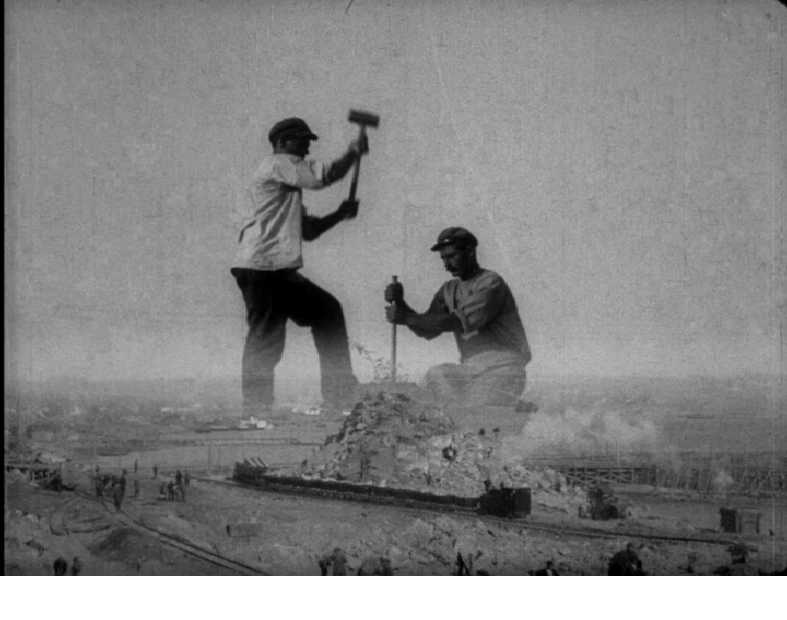
article, 2020
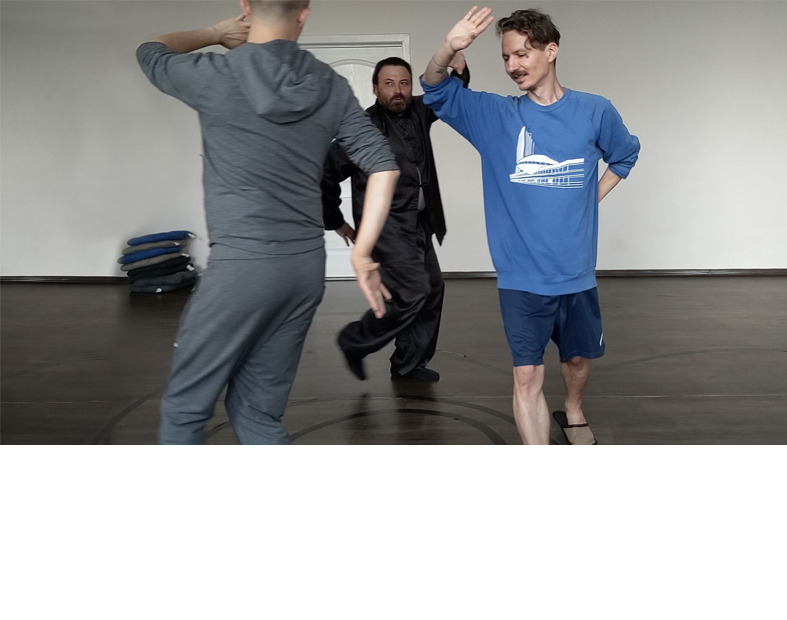
research, 2020
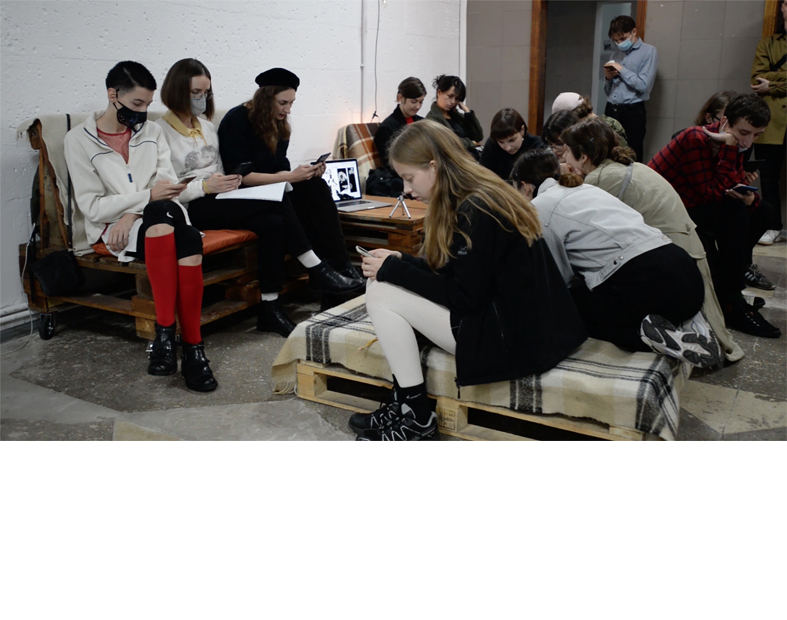
a series of reading meetings, 2020
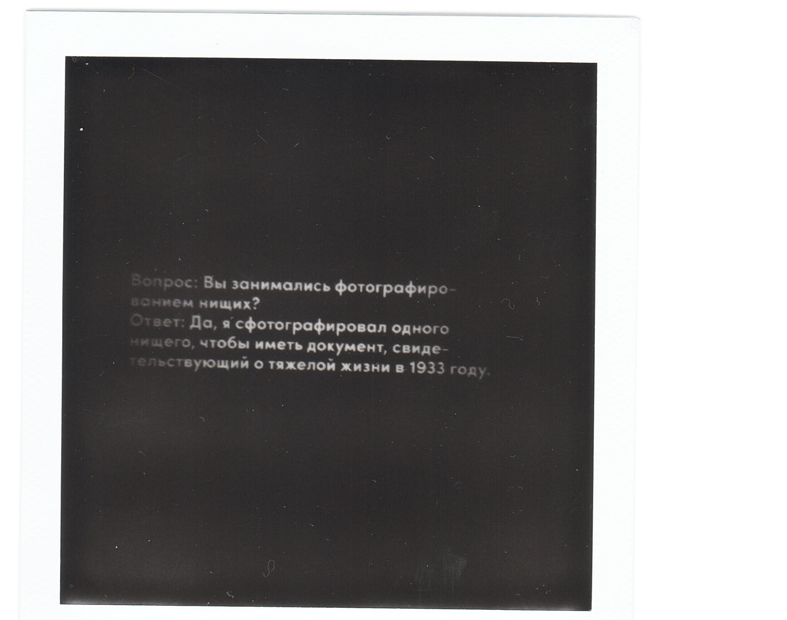
zin, 2020
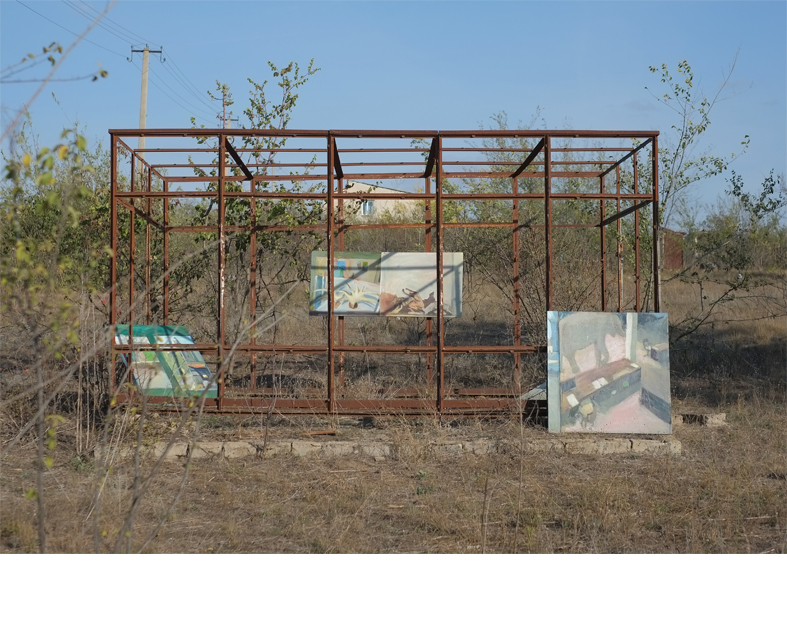
exhibition, 2020

article, 2020
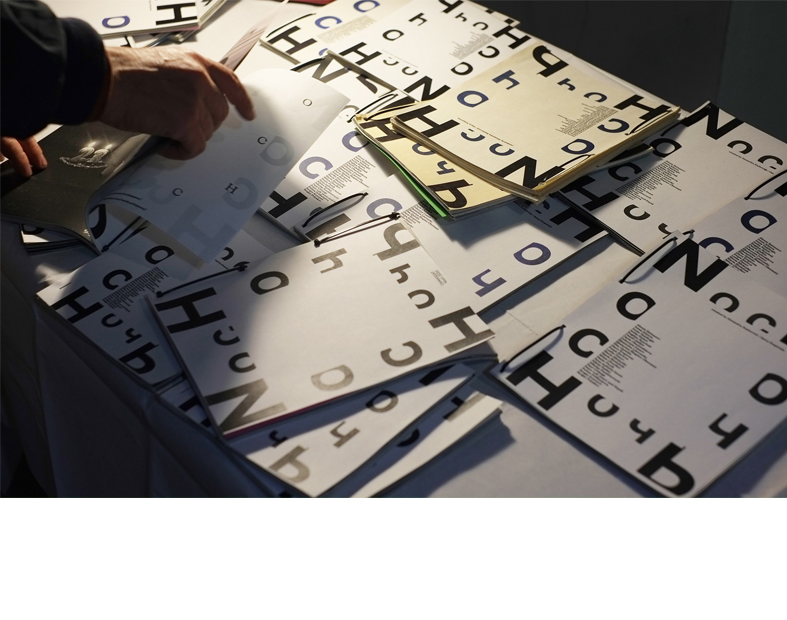
publication, 2020
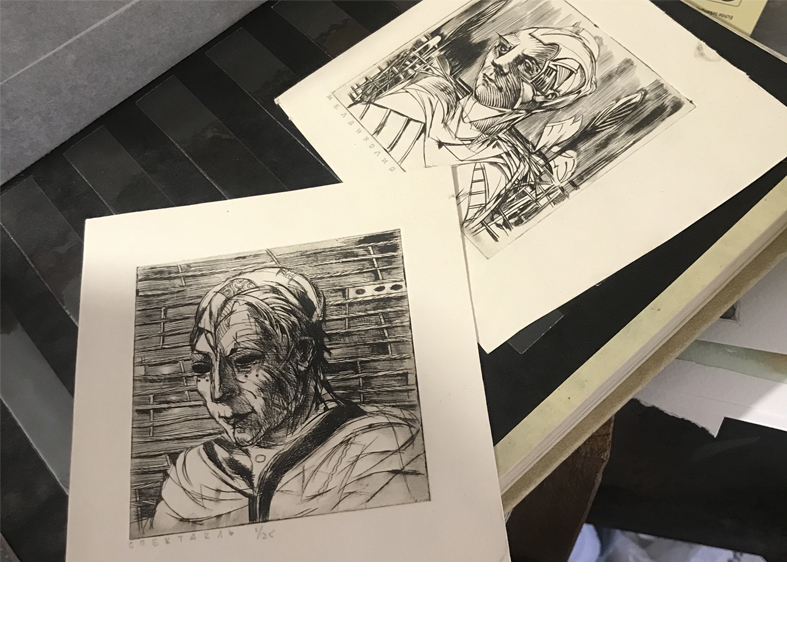
research, 2020
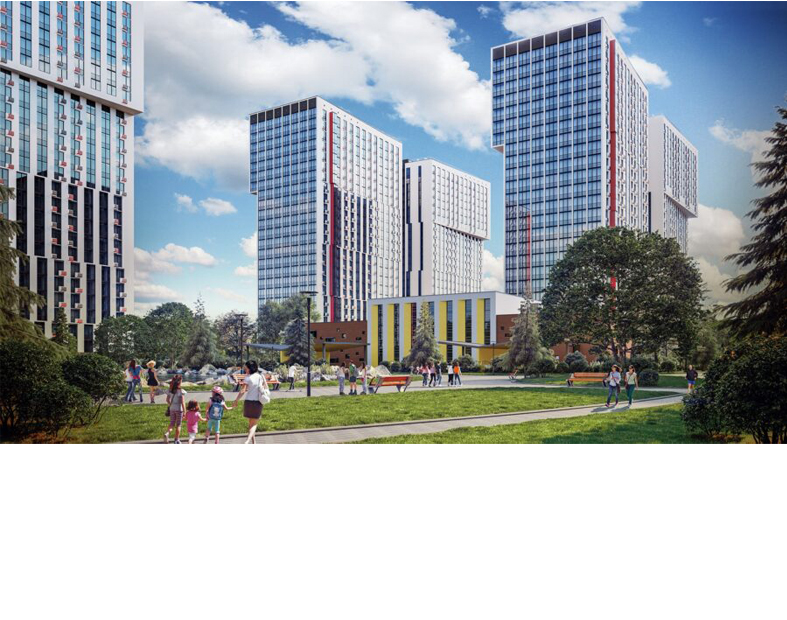
article, 2020
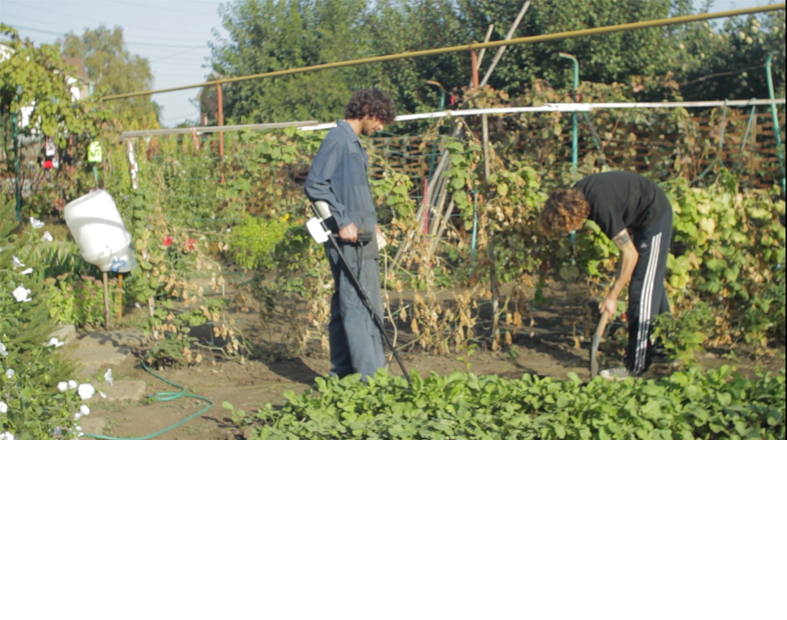
documentary film, 2020

workshops on batik technique, 2020
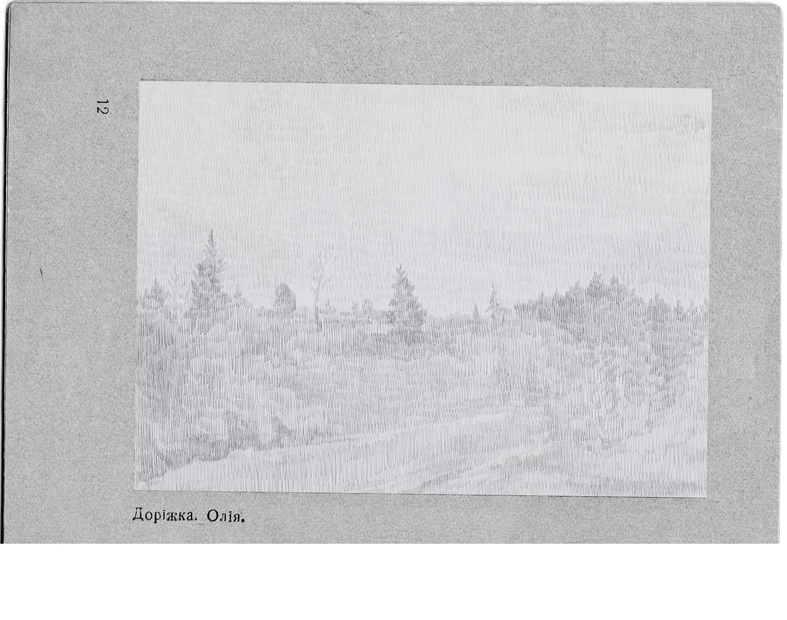
artistic research, 2020
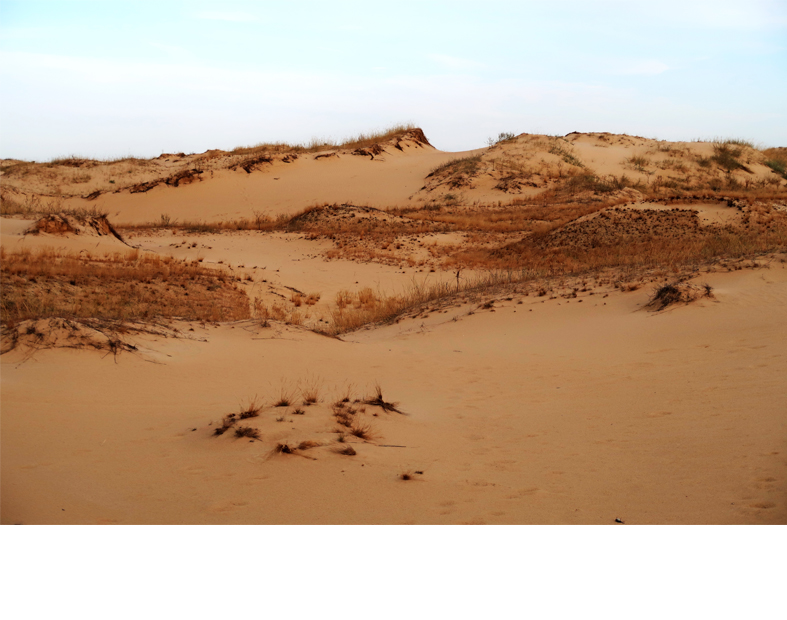
sculpture, 2020
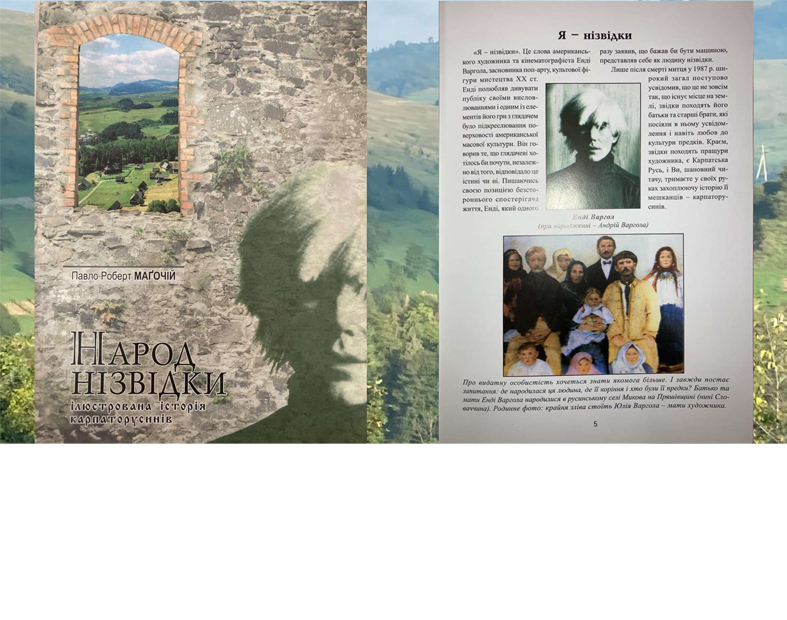
research, 2020
